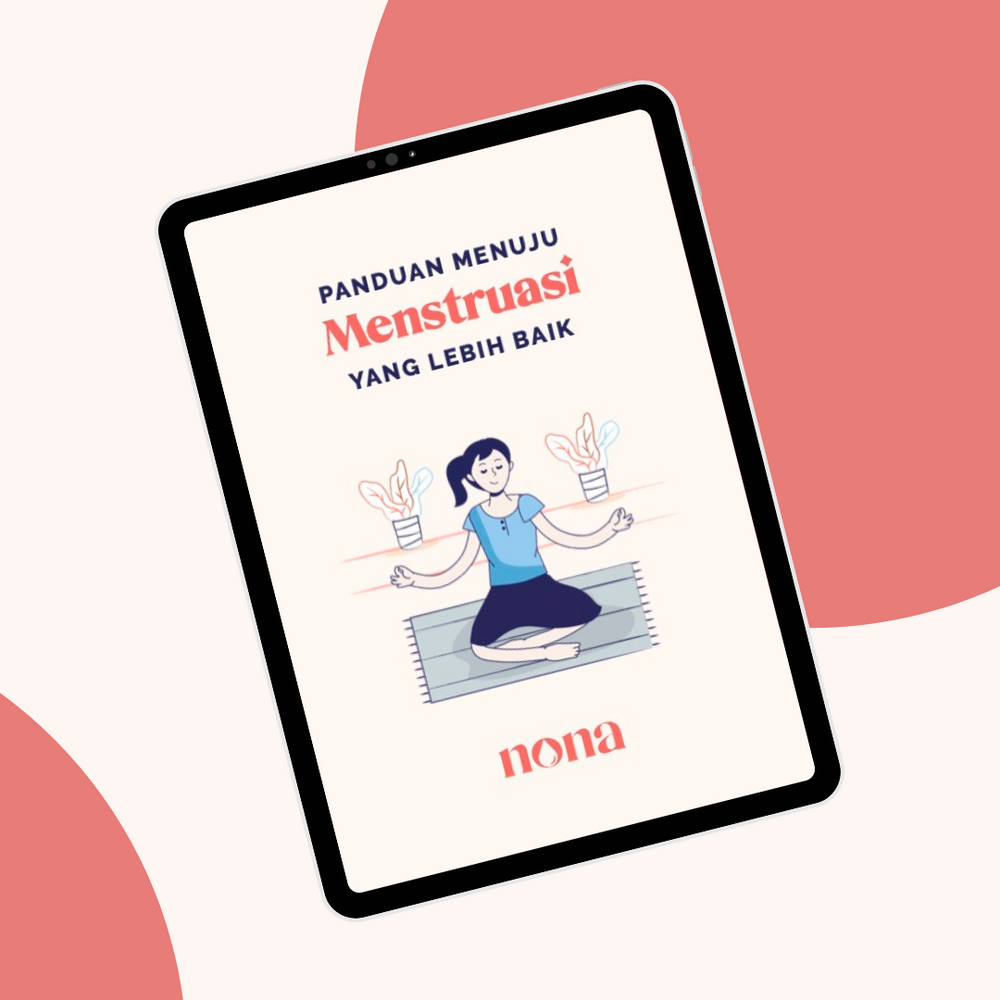In the quest for natural remedies for pain relief, essential oils have emerged as a popular option. Derived from plants, these aromatic oils are packed with therapeutic properties that can help alleviate various types of pain, from headaches to muscle soreness. Let's delve into the world of essential oils and discover how they can offer relief from discomfort.
Understanding Essential Oils
Essential oils are highly concentrated extracts derived from plants, capturing their aromatic compounds and therapeutic benefits. These oils are obtained through methods such as distillation or cold pressing, ensuring the preservation of their natural properties. Each essential oil contains unique chemical constituents that contribute to its specific aroma and healing properties.
The Science Behind Pain Relief
Many essential oils possess analgesic, anti-inflammatory, and muscle-relaxing properties, making them effective allies in managing pain. For example, peppermint oil contains menthol, which has a cooling effect that can soothe headaches and muscle tension. Lavender oil is renowned for its calming properties, making it useful for easing stress-related pain and promoting relaxation.
Application Methods
There are several ways to use essential oils for pain relief, depending on the type of pain and personal preference. Inhalation, topical application, and aromatherapy are common methods.
Inhalation involves breathing in the aroma of essential oils through methods such as diffusers or steam inhalation. This can be particularly beneficial for headaches or respiratory discomfort.
Topical application involves diluting essential oils with a carrier oil and applying them directly to the skin. Massaging the oil into the affected area can help promote absorption and provide localized relief from pain and inflammation.
Aromatherapy utilizes the therapeutic properties of essential oils by diffusing them into the air, creating a calming and uplifting atmosphere that can enhance overall well-being.
Popular Essential Oils for Pain Relief
Several essential oils stand out for their pain-relieving properties:
1. Peppermint Oil: Known for its cooling sensation, peppermint oil can help alleviate headaches, migraines, and muscle aches.
2. Lavender Oil: With its calming aroma, lavender oil is effective for reducing stress, anxiety, and tension headaches.
3. Eucalyptus Oil: Eucalyptus oil has anti-inflammatory properties that make it beneficial for relieving respiratory congestion and muscle pain.
4. Rosemary Oil: Rosemary oil is often used to ease joint and muscle pain, improve circulation, and reduce inflammation.
5. Chamomile Oil: Chamomile oil has soothing properties that can help alleviate menstrual cramps, digestive discomfort, and muscle spasms.
Safety Precautions While essential oils offer natural relief, it's essential to use them safely to avoid adverse reactions. Always dilute essential oils with a carrier oil before applying them to the skin to prevent irritation or sensitization. Perform a patch test before using a new essential oil to check for any allergic reactions. Pregnant or nursing women, children, and individuals with certain medical conditions should consult a healthcare professional before using essential oils.
Essential oils offer a natural and holistic approach to pain relief, harnessing the power of plants to soothe discomfort and promote well-being. Whether used topically, through inhalation, or in aromatherapy, these aromatic oils have the potential to provide relief from various types of pain. However, it's essential to use them mindfully and with caution, ensuring their safe and effective application.
References:
- National Center for Complementary and Integrative Health. (2021). Aromatherapy. Retrieved from https://www.nccih.nih.gov/health/aromatherapy
- Sadlon, A. E., & Lambers, D. S. (2016). Essential oils and their constituents: a mechanistic view. In Alternative and integrative treatment of urogenital dysfunction (pp. 165-191). Springer, Cham.
- Peana, A. T., D'Aquila, P. S., Panin, F., Serra, G., Pippia, P., & Moretti, M. D. (2002). Anti-inflammatory activity of linalool and linalyl acetate constituents of essential oils. Phytomedicine, 9(8), 721-726.



1 comment
Leave a comment